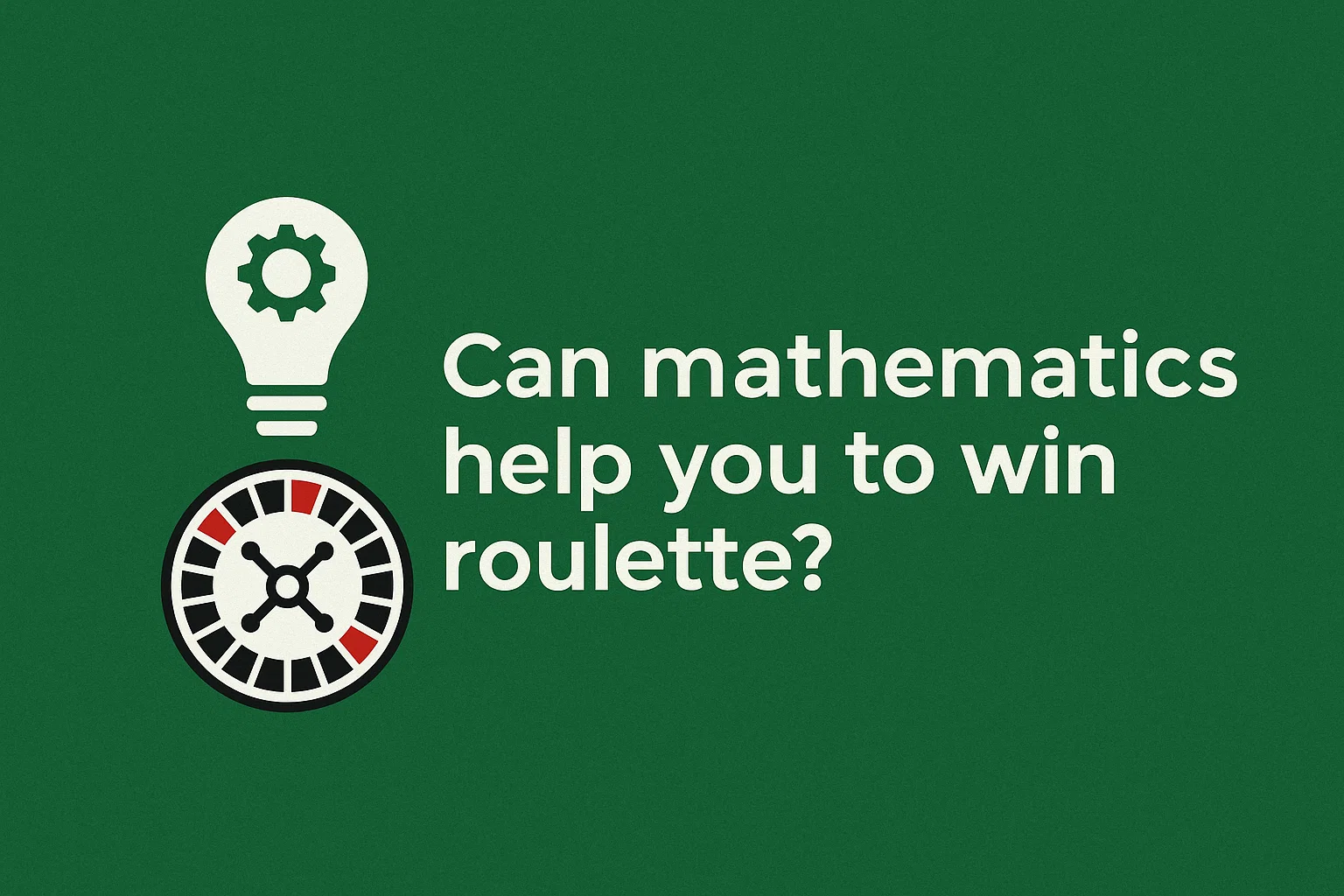
Albert Einstein allegedly once stated: "No one can win at roulette unless he steals money from the table while the croupier is looking away."
Although I wouldn't normally disagree with Einstein, this quote is false. In fact, you can use Einstein's own area of expertise, physics, to help you win. Or you can look for a biased wheel that causes specific numbers to come up more often.
What Einstein actually stated was that there isn't some mathematical trick that can help you win at roulette. Each spin is a separate test and, in the long run, the casino wins. This is as opposed to a game such as Blackjack where the probabilities change when the cards are distributed.
But some believe that it is possible to use it to cheat by exploiting the way the roulette wheel, and the cloth to place bets on, are aligned in a bid to get the upper edge. The idea is that you can place your bets on the layout so that you are guaranteed to win. But is it possible?
While no mathematical system can guarantee consistent wins, checking a list of online casinos with fair European roulette wheels can help you find platforms that offer better odds and transparent gameplay.
Roulette wheel layout
- Just like a dartboard, a roulette wheel format did not occur by accident. It was designed and does have some features.
- There actually are two formats. An American format and a European format. The two formats are below.
- Notice that the American wheel has two zeroes. This has a significant impact as it doubles the house advantage.
- On a European wheel you would expect to lose, in the long run, 2.7% of any money you bet.
- On an American wheel you can expect to lose 5.26% (if you want to learn about the maths behind roulette, the film at the end will show how the odds are calculated).
The numbers are in separate order on each wheel but there is some similarity in the patterns. Both wheels feature red and black alternating numbers on the wheel, although if you remove the zeroes, consecutive blacks and reds would be left on the American wheel. The wheels are also made such that the low numbers (1-18) and the high numbers (19-36) alternate as much as possible.
On a European wheel, this is violated only where the 5 and the 10 (both low numbers) are next to each other. On the American wheel, there are many places where this rule is violated. It is due to this fact that the American wheel is considered less balanced than the European wheel. Both wheels also try to keep the odd and even numbers as far spaced as possible. But once more there are several transgressions of this rule on both wheels.
On the European wheel there are two other interesting symmetries. First, the low red numbers and the high black numbers are all on one side of the zero, and the high red numbers and low black numbers on the other side. Second, the run 29-7-28-12-35-3-26-0-32 includes no numbers between 13 and 24 (the second dozen). You may bet the entire second dozen, with 2-1 odds.
So, can we beat the maths?
Do a quick Google search and you'll find millions of (potentially millions) of systems for playing (and supposedly winning) roulette. Some simple, some complicated, some well-explained, some not.
A system should be a combination of a playing strategy and a money management strategy. Possibly the best-known money management strategy is the Martingale system. This system will make you money if only you have enough bankroll to double your bet after every loss and you don't hit the table limit, which you inevitably will in a rush. The Martingale system is probably the quickest way to bankruptcy man has ever invented.
Any betting system, and money management system, that you will employ, they all meet the same fate. Assuming that each number on the wheel has an equal chance of being picked – that is, the wheel is unbiased – maths requires the casino to win each time. The system may be nice, and may pay in the short term, but when one of the numbers comes up that you have not bet on you will lose and the casino will move towards its expectation of winning (2.7% or 5.26%).
Conclusion
Others have you betting on a large number of numbers, perhaps 20. You will win fairly often because you have bet on more than half of the numbers. But when one of the numbers fails to appear (and it will come up almost half the time) you lose all 20 bets you have made. This will have a tendency to wipe out any wins you have already accumulated.
Any model, thus far, can be analyzed to illustrate that there is a win expectation for a casino. The video below shows the maths.


